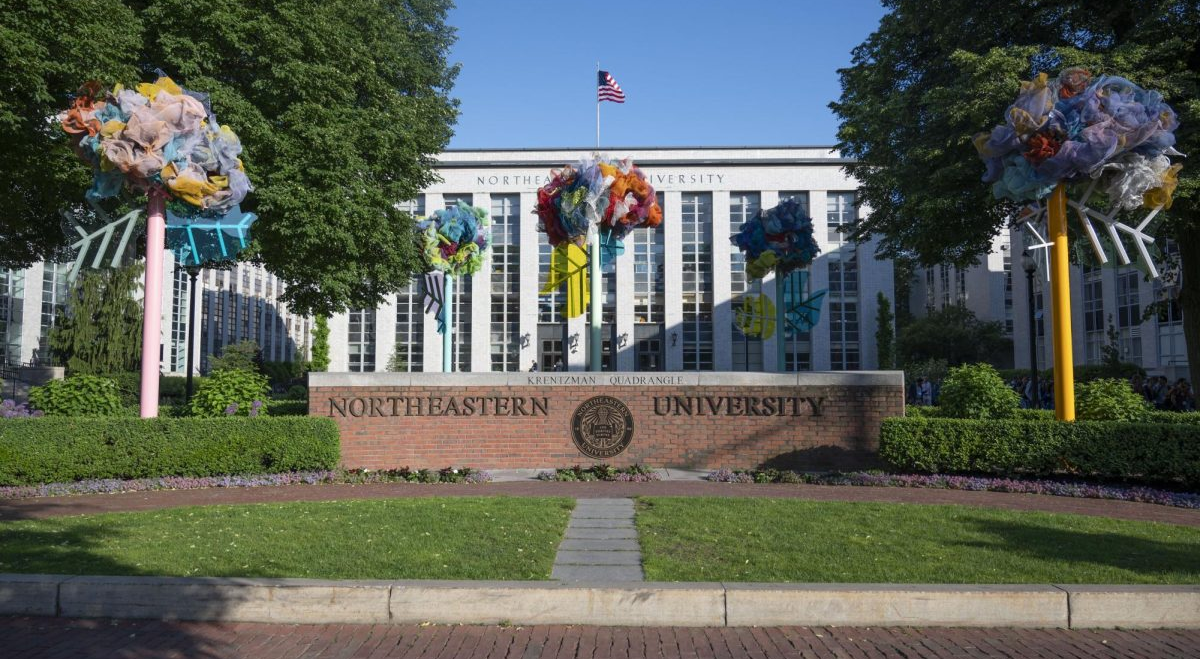34 Flight Booking Myths That Are Actually Wasting You Money
Booking flights can feel like trying to crack a secret code—one wrong click, and you could be stuck paying way more than you need to. With endless “travel hacks” floating around online, it’s hard to separate fact from fiction. Some of these so-called tips were never true to begin with, while others are long outdated or even counterproductive. That’s why we’ve expanded our list to 34 of the most common flight booking myths, busting the misinformation that could be quietly draining your wallet. Whether you're a seasoned traveler or planning your first big trip, understanding how airline pricing and booking really work can save you serious money and frustration. From the persistent myth that clearing cookies lowers prices, to confusing beliefs about the best day to book or whether layovers actually help, we’re breaking down the myths that just won’t die—and replacing them with strategies that actually work. Before you book your next flight, make sure you’re not falling for one of these all-too-common misconceptions.
Myth 1: Always Book in Advance for the Best Deals

The notion that booking flights months ahead guarantees the best prices is deeply ingrained in the traveler's psyche. While early booking can sometimes yield discounts, it is not a universal truth. Airlines use complex algorithms to adjust prices based on demand, competition, and even the time of day. Studies have shown that the optimal booking window varies depending on the destination and time of year. For instance, domestic flights might be cheapest about 1-3 months before departure, while international flights often see their best prices around 5-6 months in advance. Understanding these nuances can prevent premature bookings that may not offer the best value.
Myth 2: Tuesday Is the Cheapest Day to Book Flights

The belief that Tuesday is the magic day for booking cheap flights is a relic from the past. It originated from a time when airlines would release their weekly fare sales on Monday evenings, prompting competitors to match prices by Tuesday. However, with the advent of sophisticated pricing software and real-time pricing adjustments, this pattern no longer holds. Prices fluctuate constantly, often influenced by factors like demand, promotions, and even geopolitical events. Rather than fixating on a specific day, travelers should monitor fares over a period to identify trends and potential savings opportunities.
Myth 3: Clearing Your Cookies Will Lead to Better Prices

Many travelers believe that airlines and travel sites use cookies to track searches and inflate prices upon repeated visits. While this theory has some merit, it is not universally applicable. Most airlines and booking platforms deny this practice, attributing price changes to real-time demand and inventory shifts. Instead of relying on cookie-clearing tactics, consider using incognito mode or price comparison tools to monitor fares. Additionally, subscribing to fare alerts can provide timely notifications of price drops, ensuring you don’t miss out on potential savings.
Myth 4: Direct Flights Are Always More Expensive
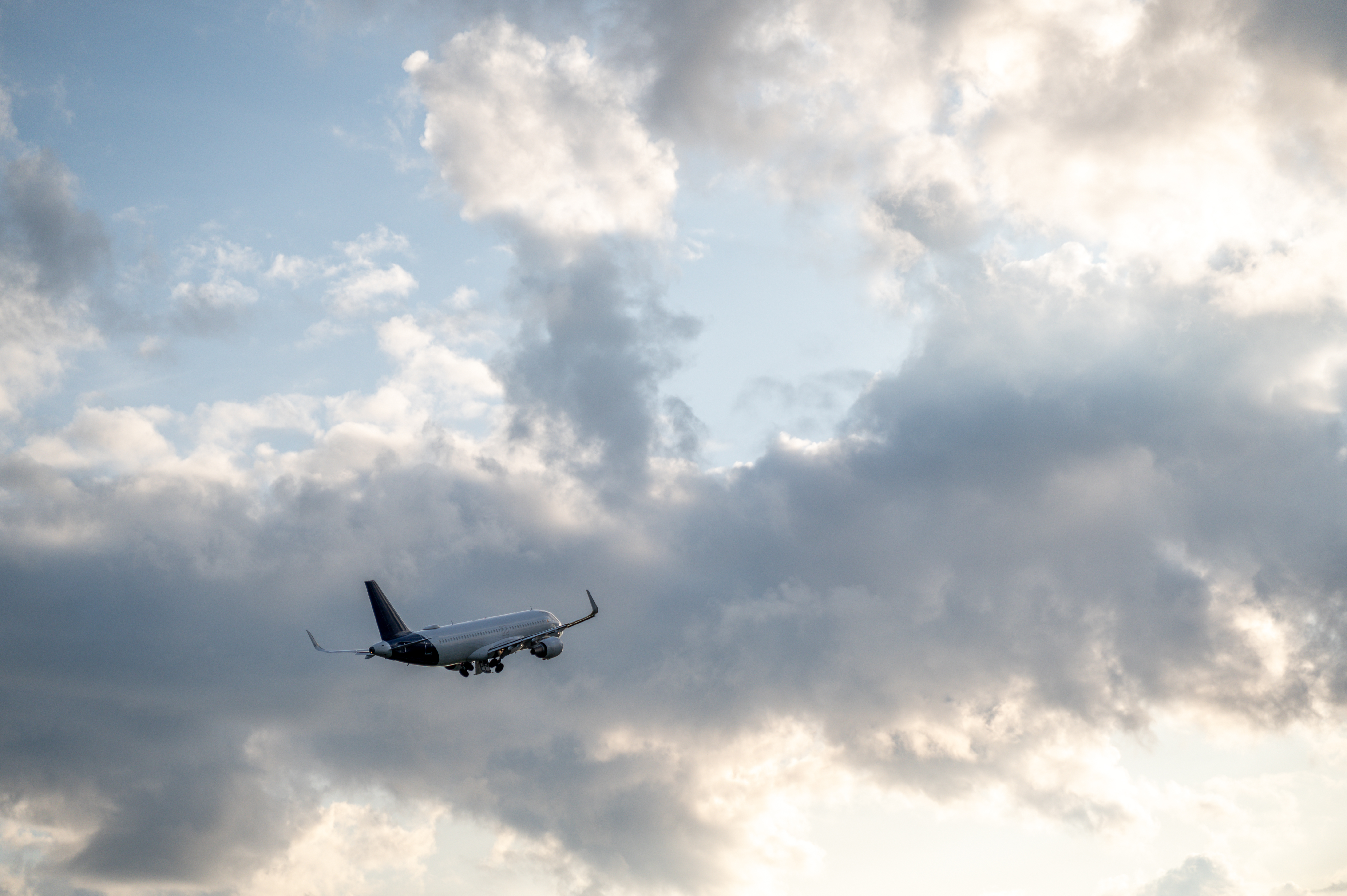
The assumption that direct flights are consistently pricier than connecting ones is not always accurate. While direct flights might have higher base fares due to convenience, they can offer better value when considering the total cost of travel. Layovers often come with hidden expenses, such as meals, accommodation for long connections, and the risk of missed flights due to delays. Moreover, airlines sometimes offer competitive pricing on direct routes to attract travelers from competitors offering indirect options. Evaluating the total cost and convenience can reveal that direct flights might be more economical than they initially appear.
Myth 5: Frequent Flyer Programs Are a Guaranteed Money Saver
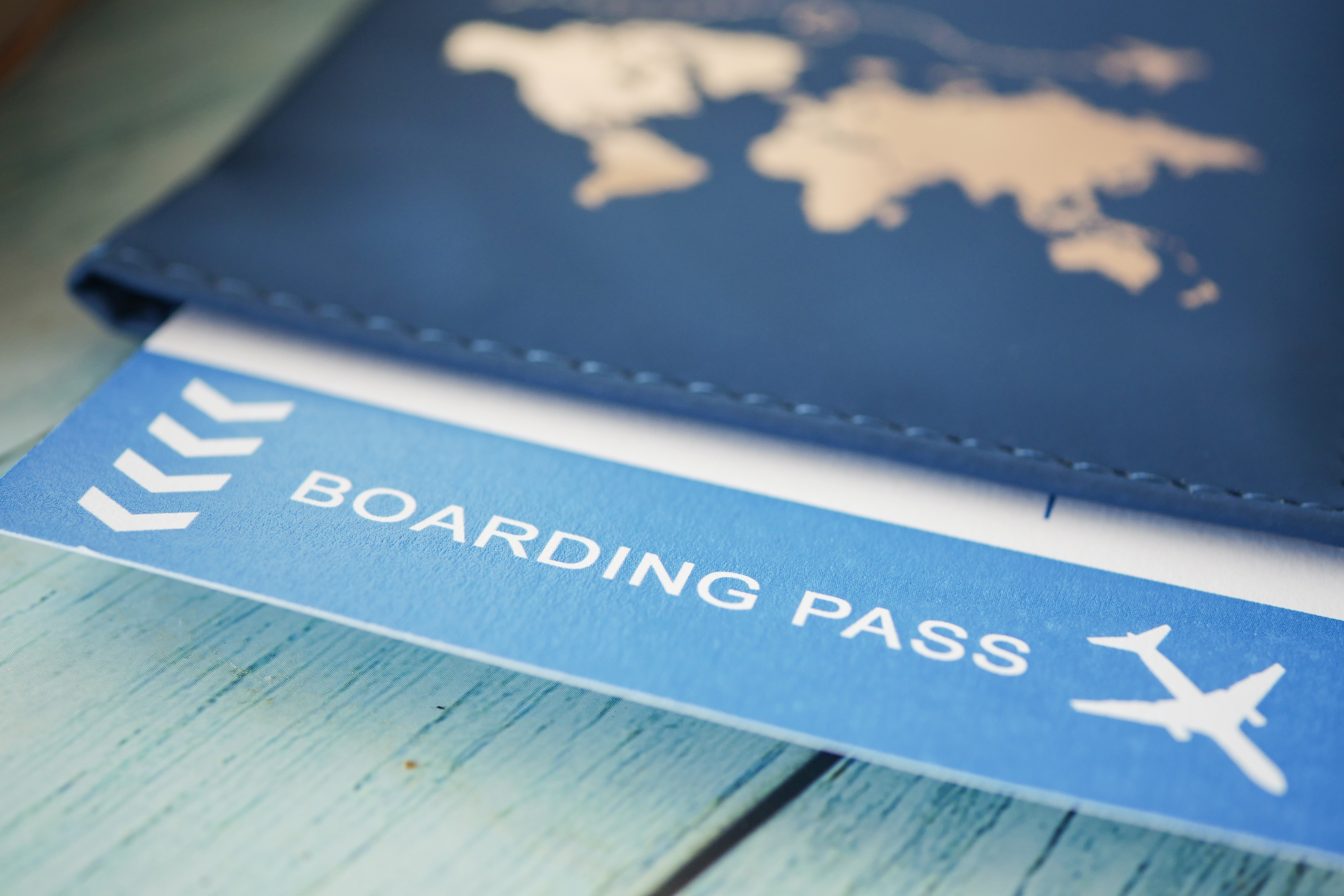
Frequent flyer programs are marketed as a way to save money on flights, but they require strategic use to be truly beneficial. Accumulating miles can take time and often involves additional spending on affiliated services. Moreover, blackout dates, limited seat availability, and high taxes on reward flights can diminish the perceived value of free tickets. To maximize benefits, travelers should focus on consolidating their miles with one or two airlines, understanding the redemption process, and leveraging promotions. Being an informed participant in these programs ensures that the rewards outweigh the costs.
Myth 6: Budget Airlines Are Always Cheaper
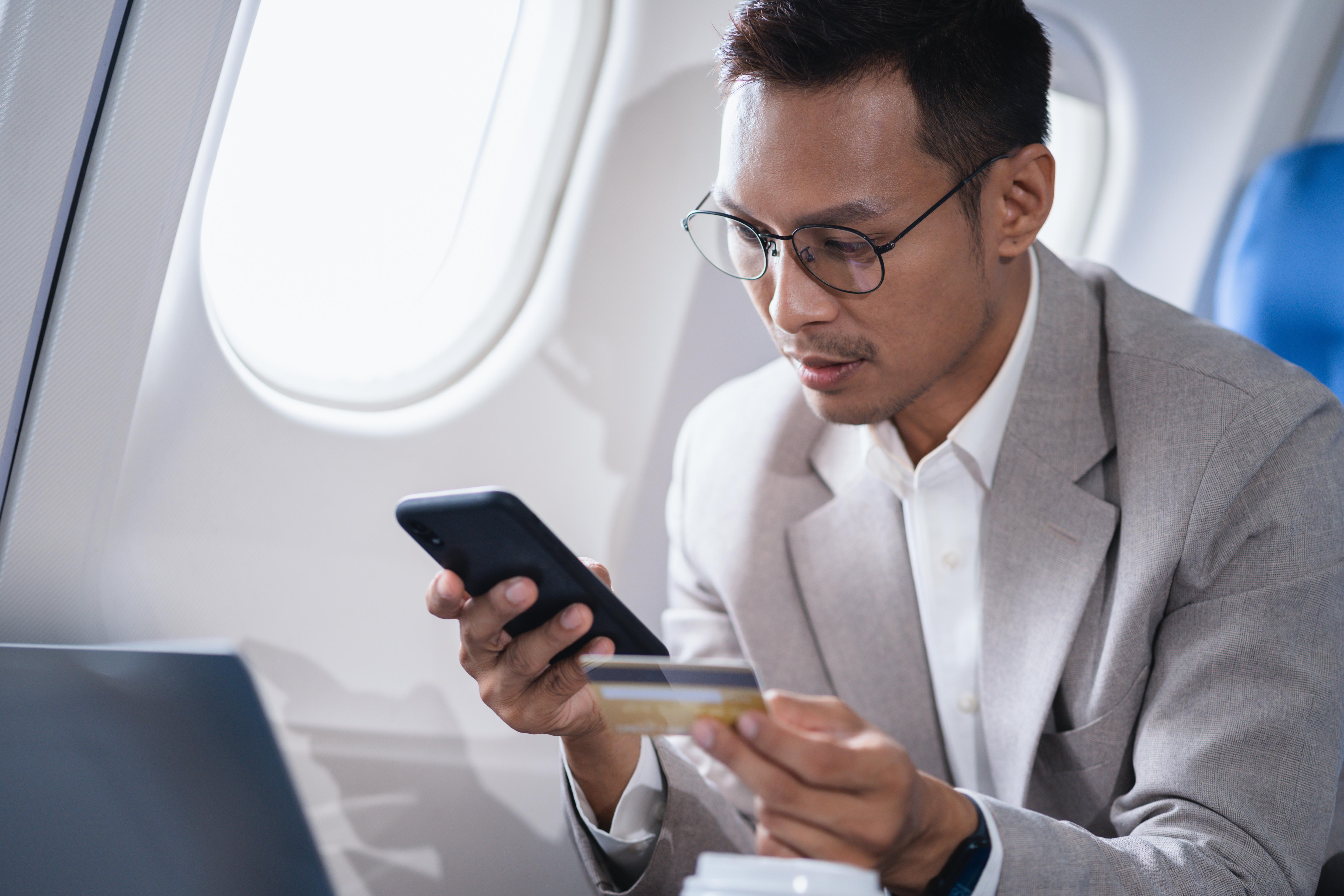
Budget airlines are synonymous with low-cost travel, but the savings they offer can be deceptive. Base fares are stripped of amenities, with additional charges for luggage, seat selection, and onboard services. These add-ons can quickly accumulate, sometimes exceeding the cost of a full-service carrier. Furthermore, budget airlines often fly to secondary airports, incurring extra transportation costs to reach the final destination. Travelers should perform a comprehensive cost analysis, considering all potential fees and logistical implications, to determine whether a budget airline truly offers the best deal for their needs.
Myth 7: All Travel Insurance Policies Are the Same

Travel insurance is a critical component of flight booking, yet many travelers assume all policies are created equal. This misconception can lead to inadequate coverage, particularly in unforeseen circumstances like flight cancellations, medical emergencies, or lost luggage. Insurance policies vary significantly in terms of coverage scope, exclusions, and claims processes. It's essential to read the fine print, compare different providers, and assess your specific travel needs. By selecting a policy tailored to your itinerary, you can avoid the financial pitfalls of unexpected travel disruptions.
Myth 8: Booking Directly with Airlines Is Always Cheaper

While booking directly with airlines can offer certain benefits like easier changes and loyalty points, it does not always guarantee the lowest price. Online travel agencies (OTAs) often negotiate exclusive deals and discounts, which can result in cheaper fares. Additionally, OTAs provide the convenience of comparing multiple airlines and routes in one place. However, travelers should be cautious of hidden fees and less flexible cancellation policies. Balancing the advantages of direct booking with the potential savings from OTAs requires careful consideration of each trip's unique circumstances.
Myth 9: Flights Are Cheaper at the Last Minute

The idea that last-minute bookings yield the best deals is a gamble that rarely pays off. While airlines may offer discounts to fill unsold seats, these opportunities are unpredictable and limited. More often, prices increase as the departure date nears, especially during peak travel seasons or for popular routes. Last-minute bookings also limit flexibility in terms of flight times and seat selection. Travelers who plan ahead and book during the optimal window are more likely to secure better fares and avoid the stress of scrambling for last-minute deals.
Myth 10: All Airlines Charge the Same Fees

Airline fees are a notorious source of frustration for travelers, and assuming uniformity across carriers can lead to unexpected expenses. Fees for checked baggage, seat selection, and in-flight services vary widely between airlines and even within different fare classes of the same airline. Budget carriers, in particular, are known for their a la carte pricing models. To avoid surprise charges, travelers should familiarize themselves with each airline's fee structure and consider these costs when comparing ticket prices. An informed approach ensures that the total travel cost aligns with expectations.
Myth 11: Flight Prices Drop During Sales Events

Sales events like Black Friday or Cyber Monday are often perceived as prime opportunities to snag discounted flights. However, the reality is that airline sales may not offer the significant savings they promise. Sale fares are typically limited in quantity, subject to specific travel dates, and may exclude taxes and fees. Moreover, some airlines inflate prices before sales to create the illusion of discounts. Travelers should approach sales with a critical eye, comparing sale prices with regular fares and reading the fine print to determine if the deal is genuinely advantageous.
Myth 12: All Flights Are Refundable or Changeable

The flexibility to change or cancel flights without penalty is a feature many travelers assume is standard, but it is not. Refundability and change policies vary significantly between airlines and fare classes. Non-refundable tickets are often cheaper but come with strict conditions and hefty change fees. Conversely, flexible tickets offer peace of mind but at a higher price. Understanding the terms of your ticket is crucial, especially in uncertain travel climates. Travelers should weigh the cost of flexibility against their itinerary's stability to make an informed booking decision.
Myth 13: Layovers Always Save Money

Choosing flights with layovers is often seen as a cost-saving strategy, but it can be misleading. While layovers may reduce the ticket price, they introduce additional variables that can increase overall travel costs. Long layovers might necessitate meals, accommodations, or even visas, depending on the location. Additionally, the risk of missed connections due to delays can incur further expenses. Evaluating the true cost of layovers, including time and convenience, is essential to determine whether they genuinely offer savings compared to direct flights.
Myth 14: Booking Groups Together Always Saves Money

The assumption that booking group travel as a single reservation guarantees savings is not always valid. Airlines often have a limited number of seats available at the lowest fare class. When booking for a group, the system will charge all tickets at the highest available fare if there aren't enough seats in the lowest class to accommodate the entire group. A strategic approach is to book in smaller batches, securing the lowest fares for as many travelers as possible. This method requires coordination but can result in significant savings.
Myth 15: Booking on Airline Websites Guarantees the Best Perks
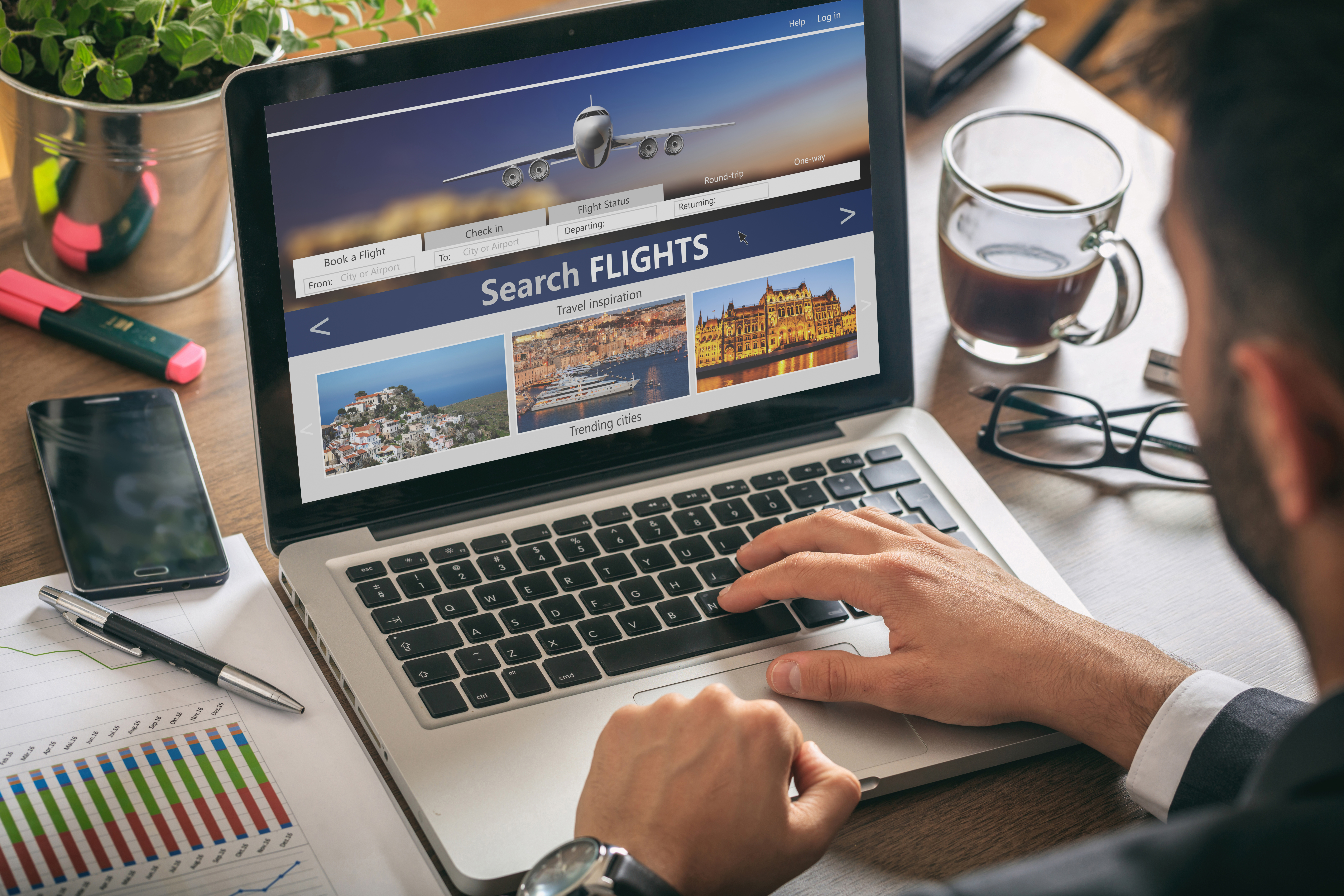
Many travelers assume that booking directly through an airline is the smartest move, believing it guarantees perks like priority boarding, free seat selection, or bonus frequent flyer miles. While some airlines do offer slight advantages for booking directly—such as waived change fees or extra loyalty points—this isn’t always the best deal. Third-party travel websites and online travel agencies (OTAs) like Expedia, Priceline, and Google Flights often negotiate exclusive perks that airlines don’t offer directly. These can include discounted baggage fees, hotel and flight bundles, or even free cancellation windows that aren’t available when booking through the airline itself. Additionally, some credit card travel portals, like Chase Ultimate Rewards or American Express Travel, allow you to redeem points for flights or earn additional rewards, making a third-party booking more lucrative than buying directly from the airline.
Myth 16: One-Way Flights Are Always More Expensive Than Round-Trip Tickets
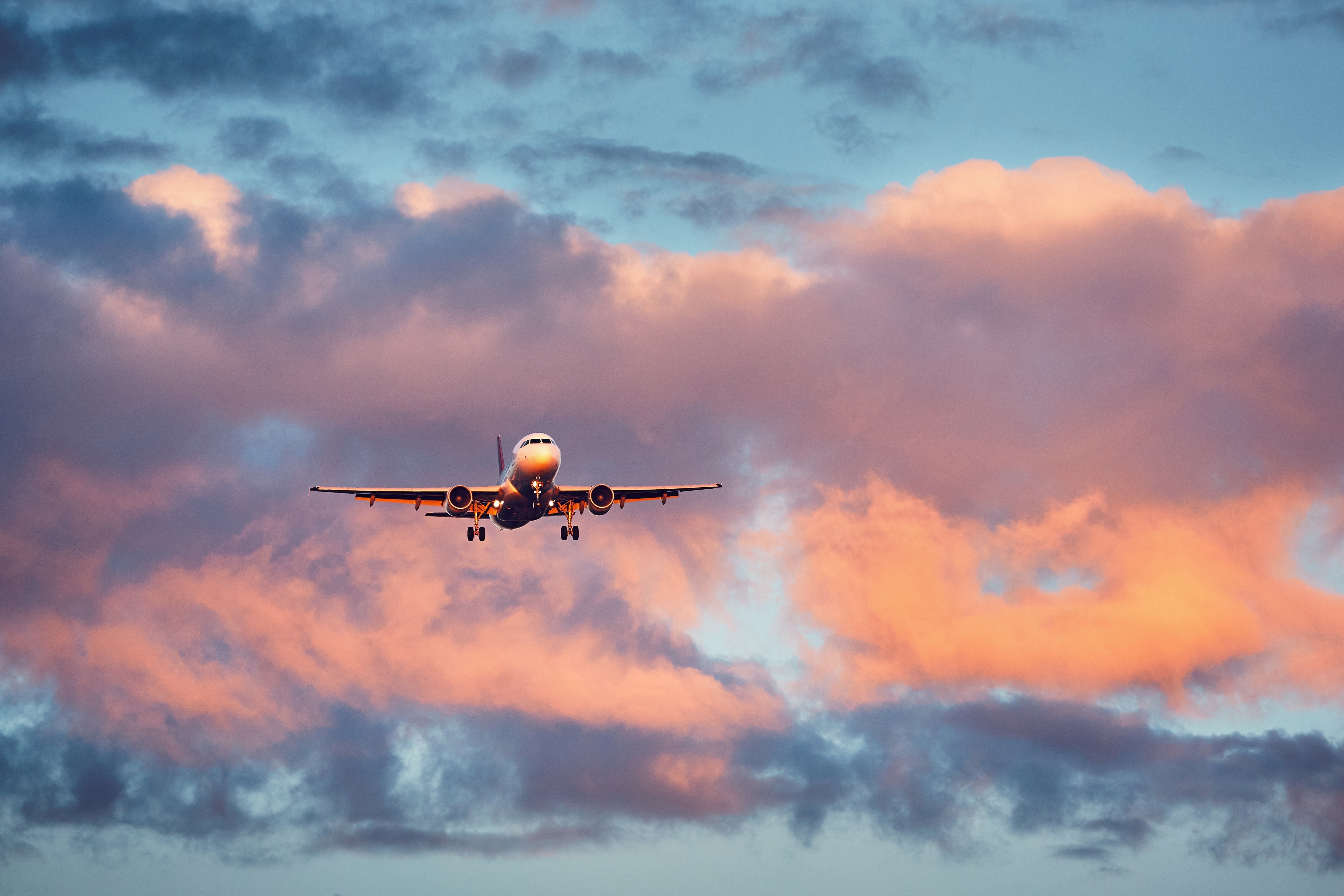
For years, it was an accepted fact that round-trip tickets were significantly cheaper than two one-way flights, but this rule has evolved. While legacy carriers like Delta, American, and United still tend to price round-trip tickets lower on international routes, many domestic and budget airlines now price one-way flights more competitively. This means that booking two one-way flights on different airlines can sometimes save you money over a traditional round-trip ticket. For example, you might find a cheap outbound ticket on Southwest Airlines but a better-priced return flight on JetBlue. Many savvy travelers have learned to mix and match carriers to optimize savings. Additionally, low-cost carriers (LCCs) like Spirit, Frontier, and Ryanair have made one-way pricing much more affordable than in the past. This flexibility is especially useful if you’re uncertain about return dates or planning a multi-city itinerary, where a round-trip ticket wouldn’t make sense.
Myth 17: You Can Save Big with “Hidden City” Ticketing
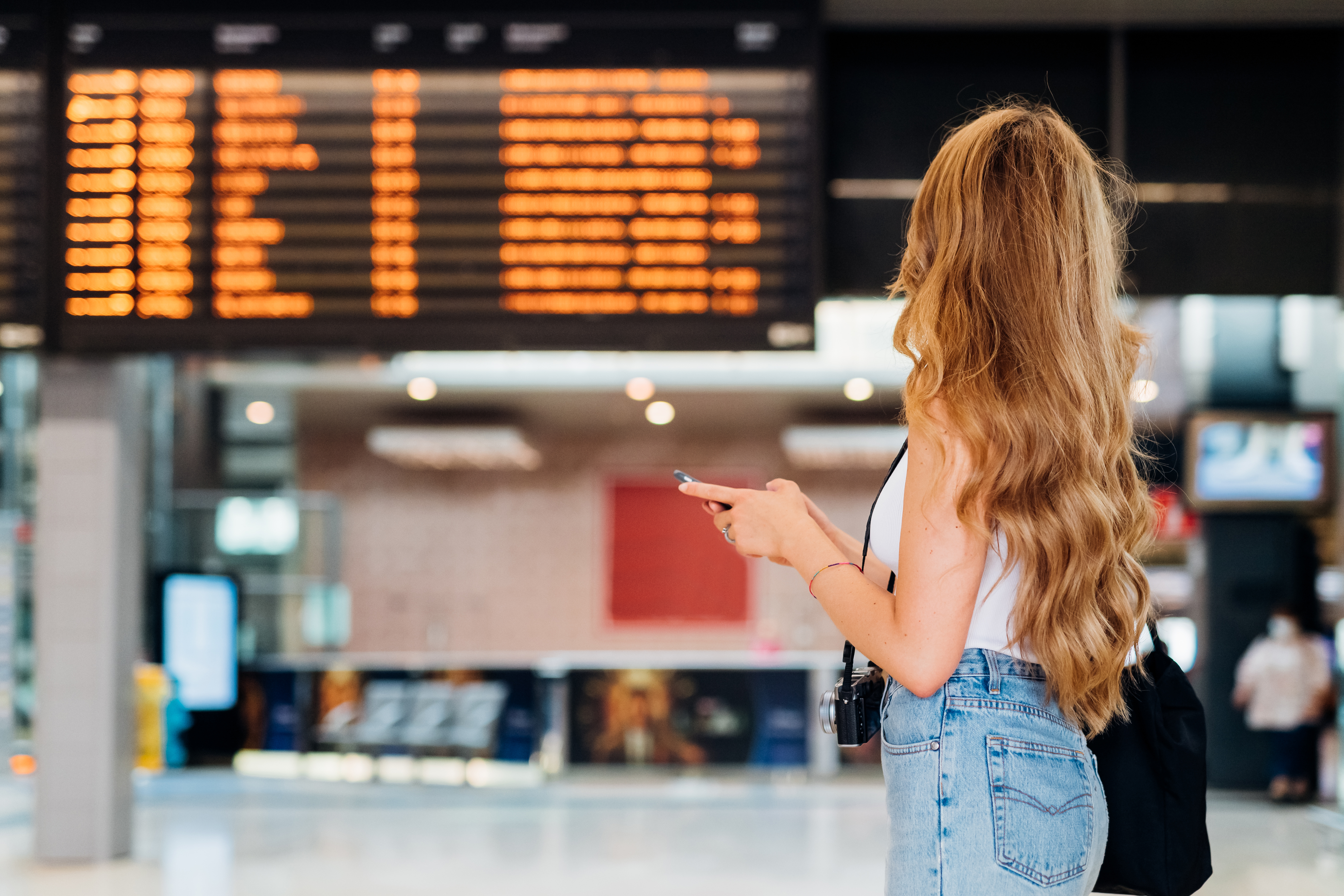
"Hidden city ticketing" has become one of the most controversial travel hacks in recent years. The idea is simple: instead of booking a direct flight to your destination, you book a cheaper ticket with a layover in your intended city and then simply exit the airport at the layover instead of completing the full trip. For example, let’s say a flight from New York to Chicago costs $300, but a flight from New York to Denver with a layover in Chicago costs only $200. A traveler using hidden city ticketing would book the cheaper ticket and just skip the final leg from Chicago to Denver. While some travelers successfully use hidden city ticketing, it’s not a foolproof money-saving strategy and can create unexpected headaches. Use it sparingly and carefully—but don’t rely on it as a go-to travel hack.
Myth 18: Changing Your Departure Airport Won’t Save Money

Many travelers automatically default to their nearest major airport, assuming it offers the best prices. However, smaller or secondary airports nearby often provide significantly lower fares due to reduced airport fees, lower demand, or competition from budget carriers. Some travelers even drive to nearby cities for a better deal. A ticket from Los Angeles (LAX) to Europe might be $800, but from San Diego (SAN) it could be $600—making a two-hour drive worthwhile. To maximize savings, use flight comparison tools like Google Flights or Skyscanner and check the “nearby airports” option. While not always cheaper, expanding your search radius can uncover significant savings—sometimes making a short drive or train ride worth the effort.
Myth 19: Midweek Travel Is Always the Cheapest Option
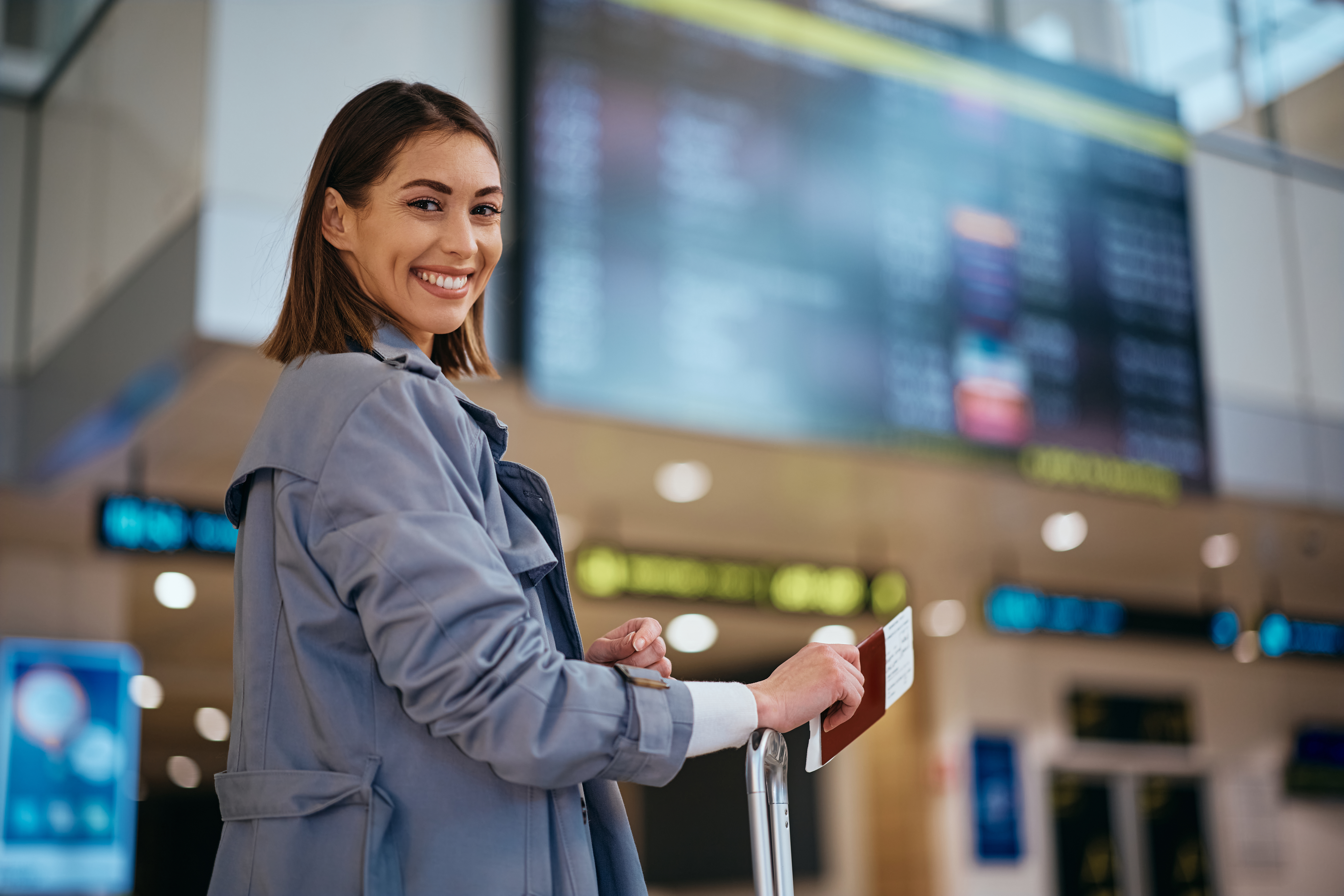
The common advice that Tuesdays and Wednesdays are always the cheapest days to fly is based on past trends, but it doesn’t apply universally anymore. Airline pricing is now highly dynamic and influenced by demand, competition, and seasonal trends. While midweek flights are often cheaper on popular business routes, this isn’t always true for leisure destinations. Instead of blindly following the midweek rule, use airfare calendars on sites like Google Flights, Kayak, or Hopper to compare prices across different days for your specific route. In some cases, flying on a Saturday or even Sunday can be cheaper than a Wednesday—so always check before assuming.
Myth 20: Flights with Long Layovers Always Cost Less

It’s a common belief that flights with longer layovers are always cheaper than direct flights or short connections. While this can sometimes be true, it’s far from a universal rule—and in many cases, long layovers come with hidden costs that can make them more expensive than a direct flight. Airlines don’t always price flights logically from a passenger’s perspective. Sometimes, they discount shorter layovers to encourage travelers to book preferred routes that help balance demand. Other times, long layover flights are actually more expensive because they route through a premium hub airport where landing fees and airline partnerships affect pricing. To get the best deal, travelers should always compare total travel costs, not just the ticket price. A shorter layover or even a direct flight could actually be a better value once you factor in food, lodging, and convenience.
Myth 21: All Economy Seats Are the Same—So Pick the Cheapest
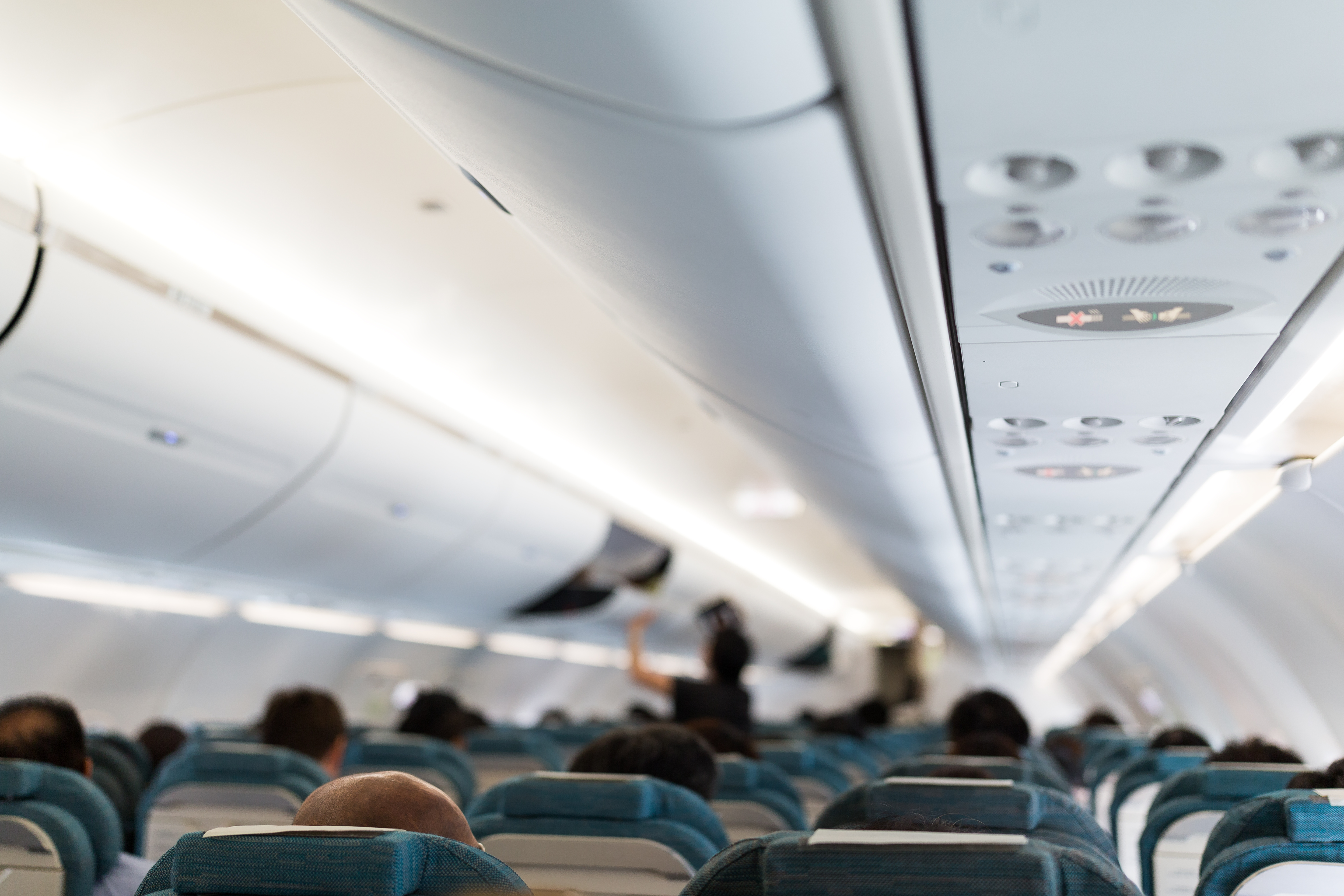
It’s easy to assume that every economy seat is identical, so you might as well book the cheapest ticket available. But airlines have intentionally created different tiers of economy class, and the lowest fare often comes with serious restrictions that can cost you more in the long run. Many airlines now offer Basic Economy, which is a stripped-down ticket versus Standard Economy fares—usually just $30–$50 more.Travelers who book Basic Economy without realizing its restrictions often end up paying more later for luggage fees or seat selection. Instead of automatically choosing the cheapest ticket, always compare what’s included—sometimes, spending a little more up front saves you more overall.
Myth 22: Cheap Tickets Always Mean Poor Service

Many travelers assume that if they book a cheap ticket, they’re signing up for a miserable experience—old planes, rude flight attendants, no legroom, and constant delays. But in reality, low fares don’t always mean low quality—and some of the cheapest tickets can still land you on a top-tier airline with great service. Rather than assuming that cheap tickets mean bad service, check reviews of the airline and specific route, and consider what you actually need for a good flight experience. Sometimes, the cheapest flight offers the best value with no downside.
Myth 23: Using a VPN Always Lowers Flight Prices
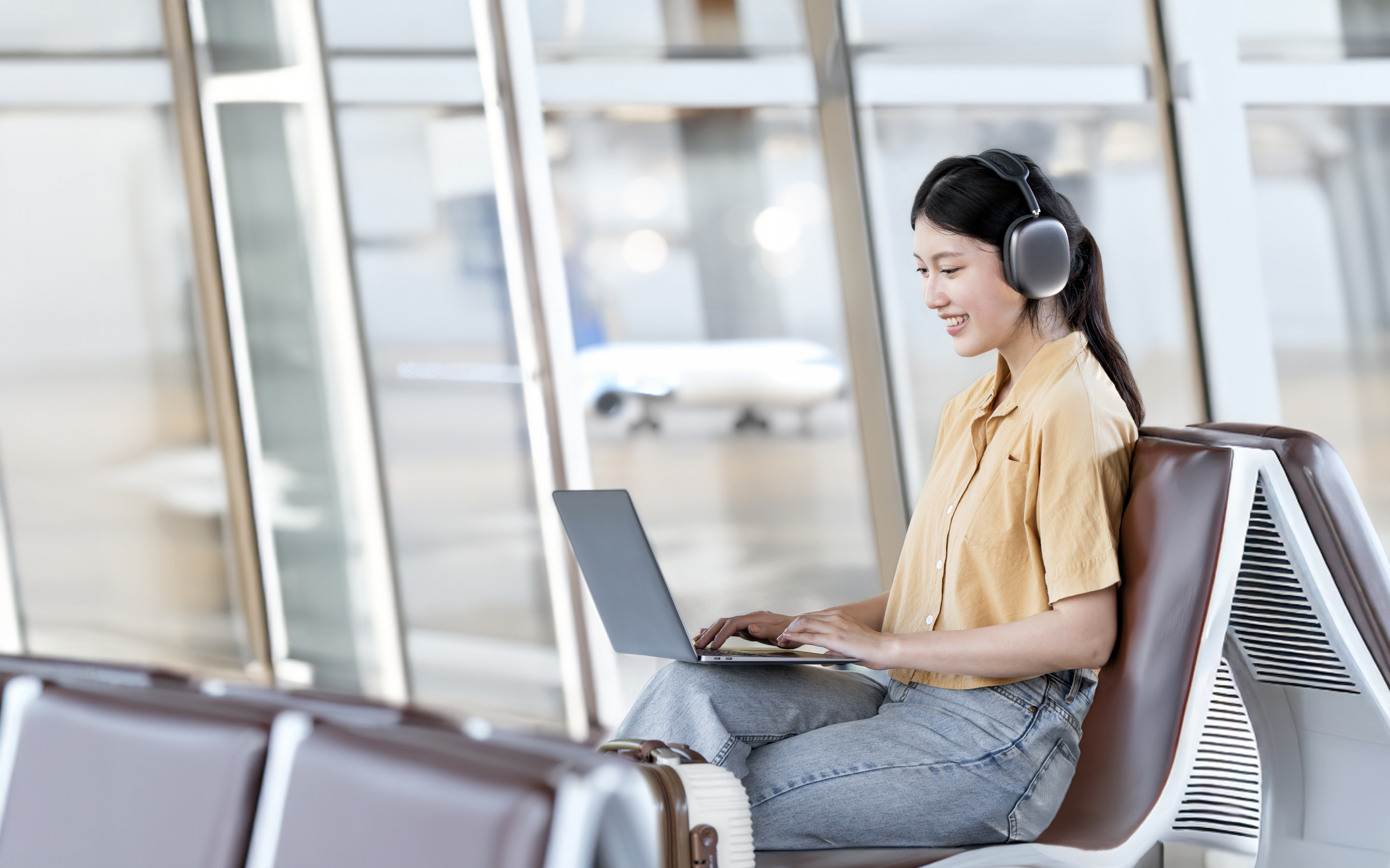
There’s a popular rumor that using a VPN (Virtual Private Network) to change your online location can unlock cheaper fares. While this sometimes works in rare cases, it’s far from a guaranteed travel hack. The idea behind this myth is that airlines and booking sites offer different prices to people in different countries, and if you appear to be booking from a low-income country, you might see cheaper fares. While airlines do sometimes adjust fares by region, the vast majority of pricing is based on real-time demand, inventory, and booking history—not your physical location. Instead of relying on a VPN, use smarter flight tracking strategies: set fare alerts on Google Flights, Skyscanner, or Kayak; use incognito mode to avoid cached pricing changes; compare prices in different currencies, which sometimes makes a bigger difference than changing locations.
Myth 24: Buying Two Separate Tickets for One Trip Is Always Risky

Many travelers avoid booking separate tickets on different airlines, fearing missed connections, rebooking headaches, and lost baggage. While booking two separate one-way flights or “positioning flights” does come with risks, it can also unlock huge savings and better flexibility—if done correctly. Flights from major hubs are often significantly cheaper than from regional airports. For example, flying from a small U.S. city to London might cost $1,200, but booking a separate flight to New York and then flying to London could cut the cost in half.Budget airlines often don’t partner with major carriers. If you’re flying Ryanair in Europe or AirAsia in Asia, you may need to book separate tickets anyway—so it’s worth looking at self-connecting flights for better deals.
Myth 25: Booking with Points Always Means Free Travel

Using points or miles to book flights feels like a travel win—but “free” is almost never truly free. While you may not pay the full cash fare, you’re still responsible for taxes, fuel surcharges, and fees, especially on international itineraries. These costs can run into the hundreds depending on the airline and route. Some redemptions also deliver poor value per point, particularly if you're booking during peak travel periods or choosing less efficient frequent flyer programs. That “free” ticket might actually cost you more than a discounted cash fare would. To avoid wasting your hard-earned points, always calculate the redemption value by dividing the cash fare by the number of points used—you should aim for at least 1.3–1.5 cents per point, though higher is even better. Tools like Award Hacker, Point.me, or The Points Guy’s valuations can help you compare options and ensure you’re getting maximum value. And don’t forget to consider opportunities to transfer points to airline partners, which can sometimes unlock premium cabin deals for the same (or fewer) points.
Myth 26: Airline Apps Offer the Same Prices as Their Websites

It’s tempting to think airline apps and websites are perfectly in sync—but pricing and availability can differ between the two. Some airlines offer app-only promotions or push early access to sales through their mobile platforms, rewarding users for booking within the app. Conversely, you may find that the desktop site has broader fare class availability or more customization options for baggage and seat selection. Not to mention, if you’re comparing fares through third-party aggregators like Skyscanner, Kayak, or Google Flights, the deals you see there won’t always show up on the airline app at all. For travelers who want to truly maximize savings, it’s smart to check both the app and website side-by-side. You might also find that certain mobile-exclusive deals come with more restrictions or limited support options. In short: don’t rely on a single source. Spend a few extra minutes comparing platforms—because a lower fare or better booking terms might be just a few taps away on a different screen.
Myth 27: A Cheap Fare Is the Most Important Thing

We all want to save money—but focusing only on the cheapest fare can lead to a miserable travel experience. That too-good-to-be-true price might come with long, awkward layovers, odd flight times, or an arrival at a secondary airport far from your destination. It may not include seat selection, carry-on baggage, or any flexibility if your plans change. Worse, you could end up flying with an airline that has poor customer service, a history of delays, or limited rebooking options in case of cancellations. Smart travelers look beyond the ticket price and evaluate the full picture: Is the schedule reasonable? Are connections tight or risky? Will you be nickel-and-dimed for every little convenience? Paying slightly more—sometimes just $20–$50 extra—can secure a much smoother journey, fewer headaches, and better on-time performance. In the end, the true “cost” of your ticket includes time, comfort, and peace of mind—not just the number on your receipt.
Myth 28: Children Always Fly Free or Cheap

Many parents assume flying with young kids is inexpensive, but that’s not always the case—especially once children age out of lap-infant status. While infants under two years old can often fly for free domestically when seated on a parent’s lap, that doesn’t apply to international travel, where taxes and fees still apply—sometimes totaling hundreds of dollars. And once a child turns two, they legally require their own seat at full price, even on budget carriers. Airlines rarely offer discounts for kids over age two, and in some cases, families may be forced to pay more to ensure seats together. Plus, ancillary fees (like checked bags, early boarding, or snacks) can quickly add up when traveling with a child. The key is to always price out each traveler individually and look into family booking options or fare bundles that may include perks like priority seating or extra baggage. Never assume a discount—because what sounds like a budget-friendly family trip can quickly balloon into a costly experience if you’re unprepared.
Myth 29: Booking One Airline Round-Trip Is Always Cheaper
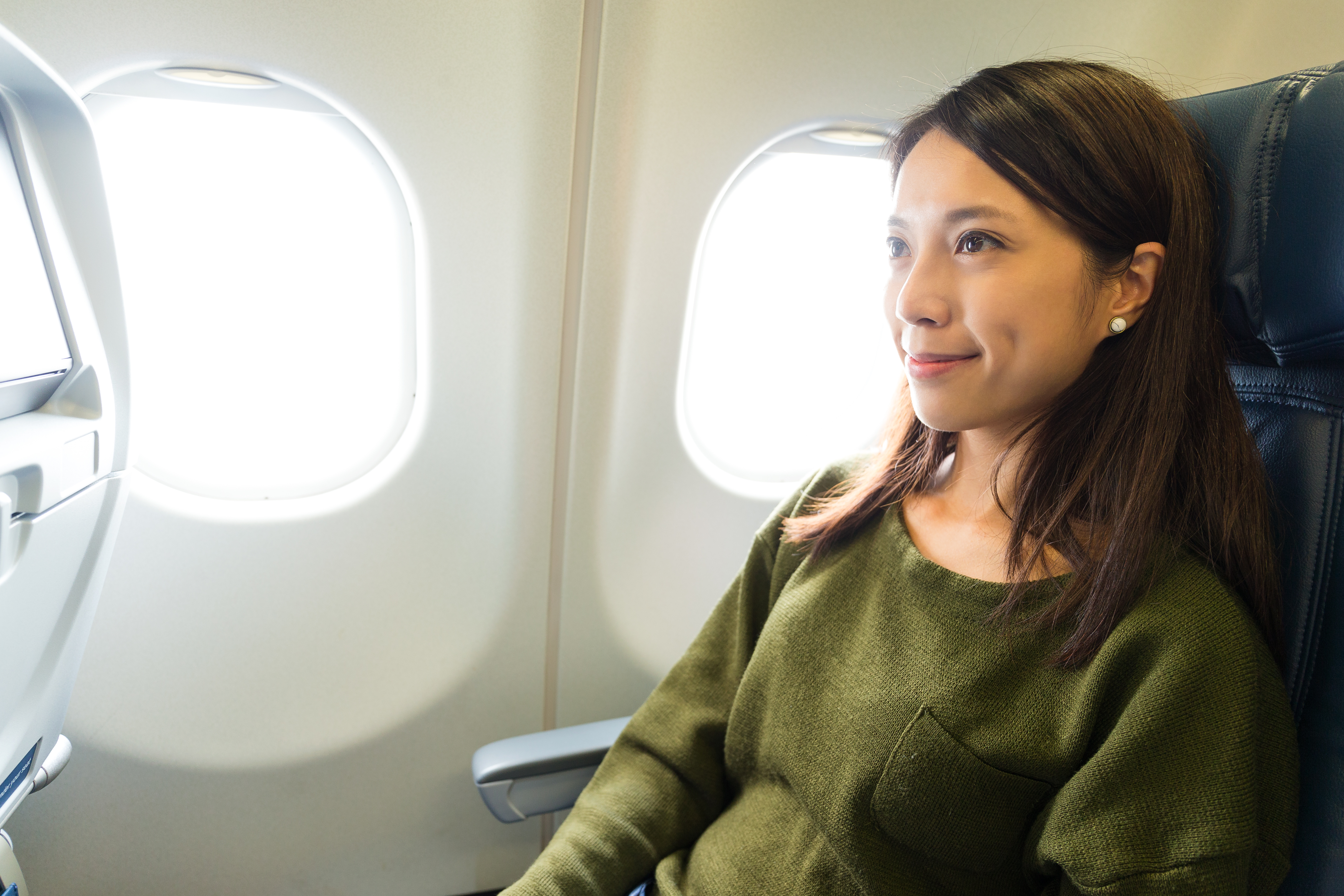
It’s a common belief that sticking with one airline for a round-trip itinerary is the most cost-effective strategy—but in many cases, mixing and matching your outbound and return flights can unlock better fares and more convenient times. Many online search tools now allow for “hacker fares” that combine flights from different airlines to create your own custom itinerary. For instance, your outbound flight might be cheapest with a low-cost carrier, while your return could be better timed or cheaper with a legacy airline. This strategy can also help you take advantage of regional pricing differences, flash sales, or airline-specific promotions. Just keep in mind that if you mix airlines, you may face different baggage policies, and in the case of delays or cancellations, one airline won’t be obligated to help with issues caused by another. Still, for flexible travelers who do their research, splitting your round-trip across multiple carriers can lead to surprising savings—and sometimes even a better overall travel experience.
Myth 30: Redeeming Credit Card Points Through the Airline Is Always Best

While many travelers automatically transfer their credit card points to an airline loyalty program, doing so isn’t always the most valuable or flexible option. Depending on your credit card, you may actually get better value by booking flights directly through your card’s travel portal. For example, Chase Sapphire Reserve users can redeem points at 1.5 cents each through Chase Travel, potentially stretching your rewards much farther than a direct airline transfer, especially for economy fares. Similarly, American Express, Capital One, and Citi all offer travel portals that occasionally include added perks like bonus points, exclusive discounts, or included insurance protections. Booking through these portals can also help you avoid blackout dates or limited reward seat availability that plague many frequent flyer programs. Better yet, in some cases, you’ll still earn airline miles for flights booked this way—something you often don’t get when redeeming points through a mileage program. Bottom line: before you transfer your points, compare both routes. Depending on the fare and program, your credit card portal might just be the better move.
Myth 31: All Airline Seat Maps Are Accurate
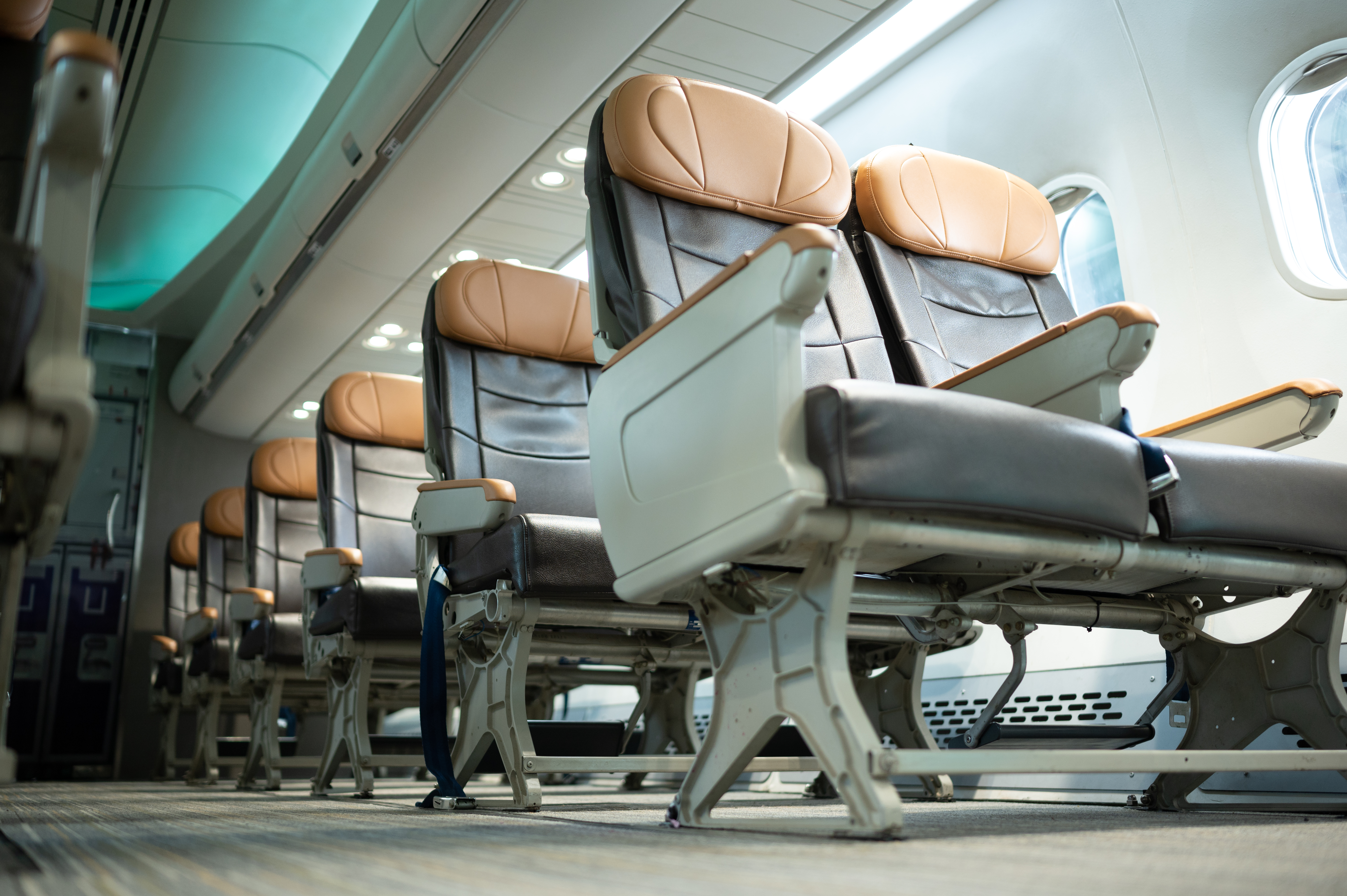
It’s easy to assume that the seat map you see during booking reflects the reality of the plane you’ll be on—but in many cases, those seat charts are more like rough outlines than precise blueprints. Airlines often use generic templates that don't reveal key details like restricted legroom, immovable armrests, or limited recline in certain rows. Worse, seats near lavatories or galleys might not be clearly marked, leaving you with unwanted noise, traffic, or funky smells for hours. Aircraft changes, which are common, can also render seat maps outdated without warning. That “window seat” you selected? It might be missing a window altogether. To avoid surprises, savvy travelers use sites like SeatGuru or AeroLOPA to cross-reference seat numbers with specific aircraft layouts and real passenger reviews. These tools flag problematic seats, identify hidden gems, and help you dodge uncomfortable surprises—like the dreaded non-reclining seat in front of the bathroom on a red-eye. A little seat research goes a long way toward a more comfortable flight.
Myth 32: Free Stopovers Are a Thing of the Past

Many travelers assume the era of free stopovers disappeared with the rise of budget airlines—but that couldn’t be further from the truth. In fact, several full-service international carriers still actively promote stopover programs as a way to enhance the travel experience and boost tourism in their hub cities. Airlines like Icelandair, Emirates, Turkish Airlines, TAP Portugal, and Singapore Airlines offer stopover deals that let you spend a day—or even up to a week—in an extra destination at little to no added cost. These aren’t just extended layovers; they’re mini-vacations within your vacation. Some programs include hotel discounts, guided tours, and airport transfers. The catch? You usually need to book through the airline’s dedicated stopover portal or select a multi-city itinerary instead of a standard round-trip. It takes a little planning, but the payoff can be huge. Imagine turning a trip to Thailand into a double-feature with a few days in Istanbul or exploring Reykjavik on your way to Europe. In a world of ever-shrinking travel perks, stopovers are a hidden gem worth rediscovering.
Myth 33: Seat Upgrades Only Happen at the Gate
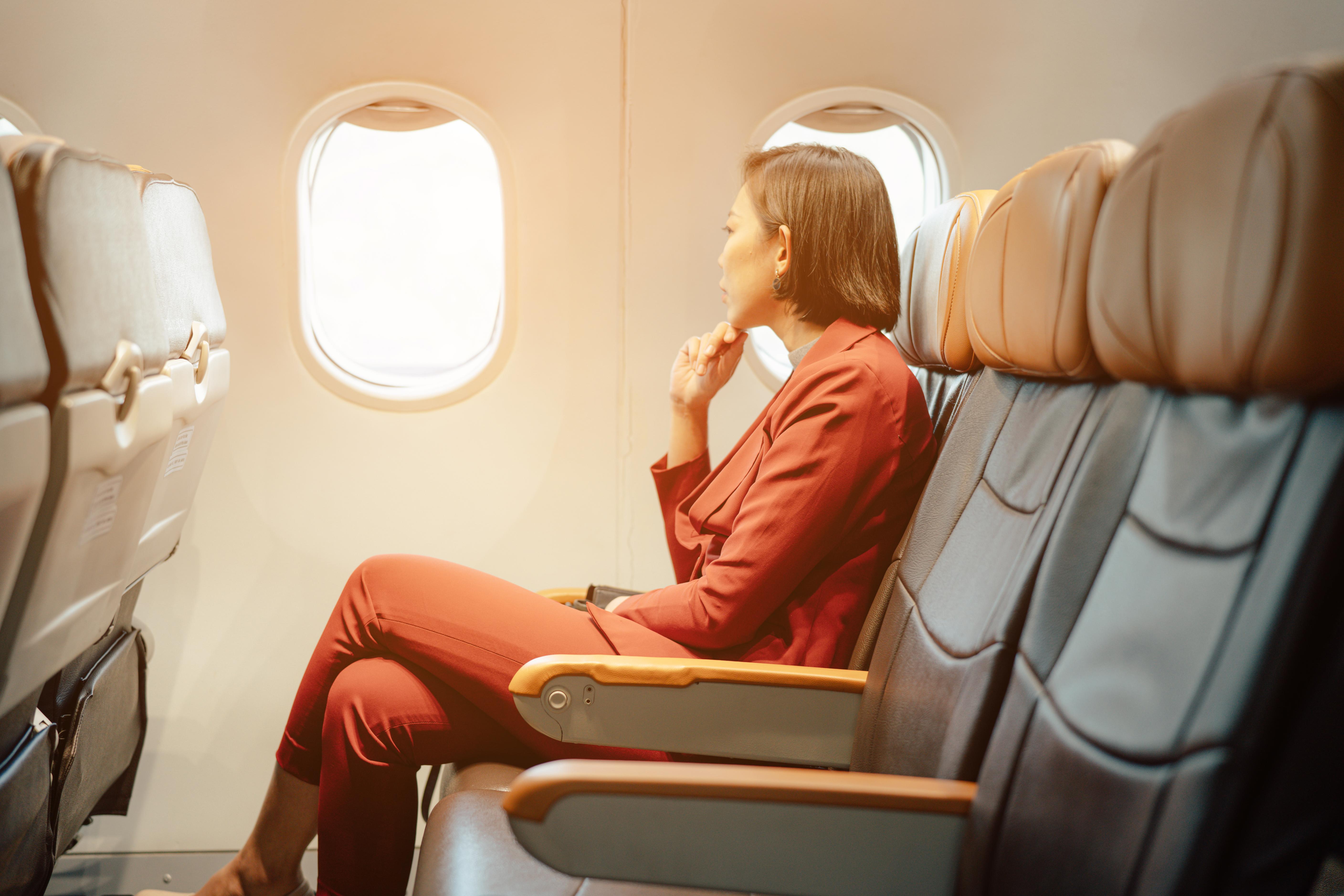
Hoping to score a seat upgrade by sweet-talking the gate agent? While last-minute upgrades at the gatedo happen occasionally, the vast majority are decided long before you even reach the airport. Airlines prioritize elite loyalty members first when it comes to complimentary or discounted upgrades—and many fill upgraded seats during the check-in window or via proactive email offers weeks in advance. Some airlines now allow travelers to bid for an upgrade, entering a silent auction-style system where your offer competes against others. Others offer fixed-price upgrade deals in your account dashboard or app if seats remain unsold. If you really want that extra legroom or a shot at business class, start monitoring your reservation early and often. Sign up for alerts, check the seat map regularly, and be ready to pounce when an offer appears. Waiting until the gate often means you’re last in line, behind a queue of elite members, high-spenders, and proactive travelers who already claimed the best seats in the cabin.
Myth 34: If You Find a Low Fare, Wait—It Might Drop More

One of the most common and costly mistakes travelers make is hesitating when they spot a good deal—hoping it might get even better. The truth is, airfare is highly dynamic and can change dozens of times a day based on demand, competition, and even the time of day. That amazing fare you saw yesterday could vanish today without warning. Waiting for it to drop further is like trying to time the stock market—it’s more luck than science. If the fare aligns with your budget and your dates, the best move is to book it while you can. Many airlines and booking sites offer a 24-hour grace period where you can cancel or rebook without penalty if the price changes. You can also use services like Google Flights' price tracking tool, Kayak alerts, or Hopper’s predictive analytics to give you some data-backed guidance. But if the fare looks right, don’t let indecision cost you. The regret of watching prices climb back up after waiting “just one more day” is real—and all too common among deal-chasing travelers.
Empowering Your Flight Booking Decisions

Navigating the complexities of flight booking requires a discerning eye and a willingness to question conventional wisdom. By debunking these 34 pervasive myths, travelers can make informed decisions that align with their budget and preferences. The insights shared in this article serve as a guide to avoiding common pitfalls and optimizing your travel experience. As you plan your next adventure, remember that knowledge is your most powerful tool in the quest for affordable and stress-free air travel. Embrace these truths, and embark on your journeys with confidence and clarity.






